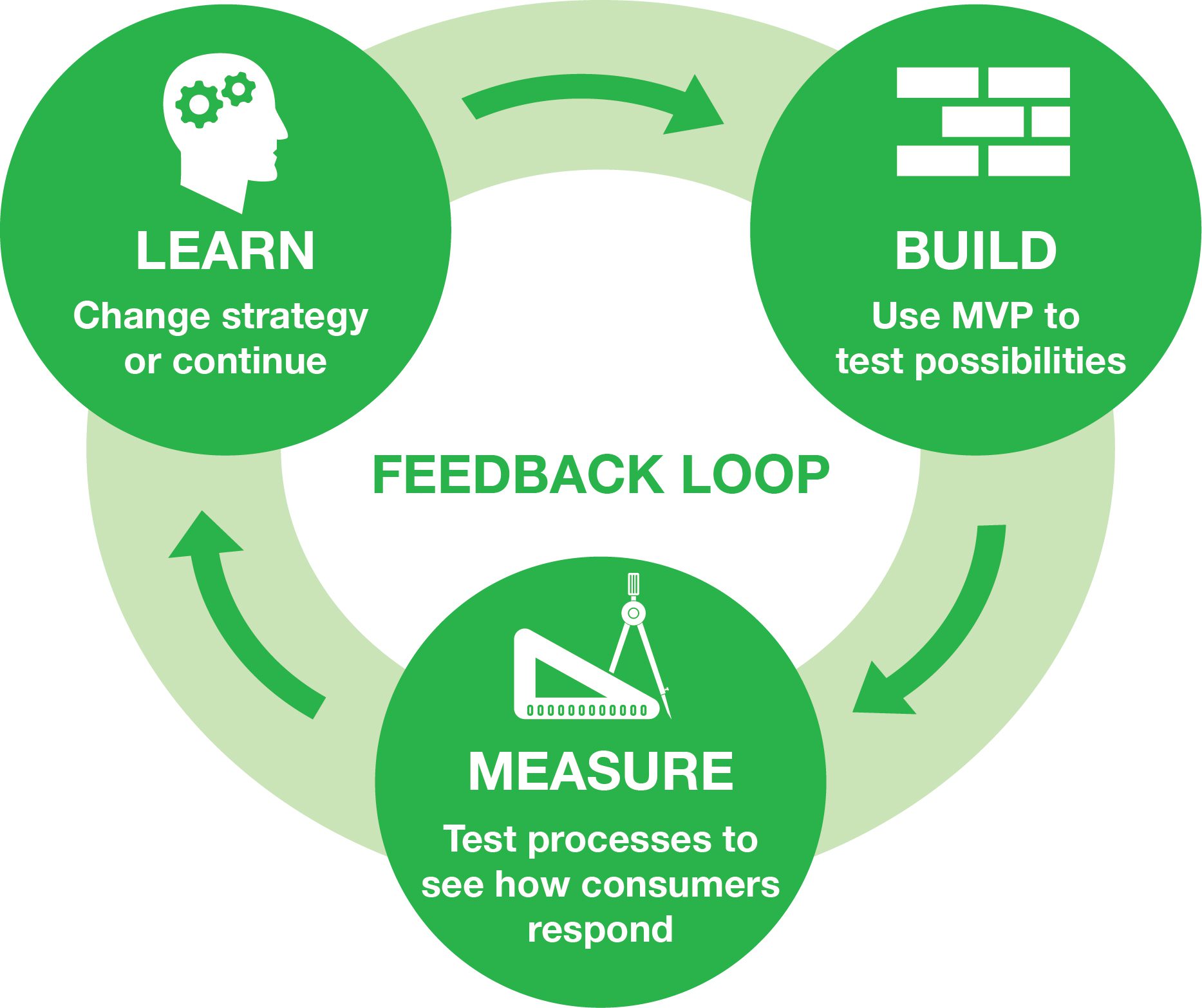Urban Extension

The business model canvas is a valuable tool for entrepreneurs, such as small business owners at all stages of business. It is an interactive and ever-changing document that can help business owners find gaps and opportunities in their businesses. The business model canvas is also key to completing the feedback loop involving the value proposition, customer segments, and the minimum viable product.
Value Proposition
The first part of any successful business is creating a strong value proposition. The value proposition is a simple statement that captures why a customer would choose your product or service. It helps to answer the following questions about your business.
- What value do you bring your customers?
- How are you different from your competitors?
- What problem or need are you solving?
Once you have answered these questions and have an in-depth understanding of your business’s value proposition, it’s time to ask yourself, “Who will benefit from this value?” Answering this follow-up question will help to identify your customer segments.
Customer Segments
Customer segmentation is a process that aids in identifying customers based on the common characteristics they share. This process also helps to develop ways to market or to reach these customers.
Business owners should:
- Determine the demographics of the ideal customer by age, gender, income, location, and purchasing habits, for example. Be specific and create multiple versions of customer segments. Remember to be as inclusive as possible.
- Determine who will benefit the most from your value proposition.
- Determine who are your most important customers, clients, and stakeholders.
Product-Market Fit
The relationship you create between your value proposition and customer segments is called the product-market fit. The product-market fit describes how your target customers are purchasing, using, and telling other customers about your company enough to sustain a product’s growth and profitability.
This simply means you have identified the specific customer segments that benefit the most from your value proposition. These are the customers that will utilize your product or service the most to solve their individual problems or needs above your competitors. This product-market fit is vital because these customers will be the ones who provide information through the feedback loop.
Minimum Viable Product
Now that you have established a strong product-market fit you will reference it as well as the overall business model canvas (operations and marketing) to create what is known as a minimum viable product (MVP). This is a simple and cost-effective initial version of your product or service that will allow your customer segments to experience your offering.
Visit the Business Model Canvas page to understand how your business model canvas affects the creation of the MVP. Releasing your MVP to defined customer segments will hopefully generate feedback from those identified customers. Be sure to talk with customers or give them anonymous evaluations to complete to obtain this valuable feedback. By listening to and learning from your customers’ experiences and opinions, you can then adjust your product or service accordingly and re-release your product or service back to your customer segments. This cycle continues throughout the life of your business, helping you to always supply exactly what your customers need and want. This process is called the feedback loop.
(Feedback loop image adapted from Feedback Loop graphic by READINGRAPHICS.)

